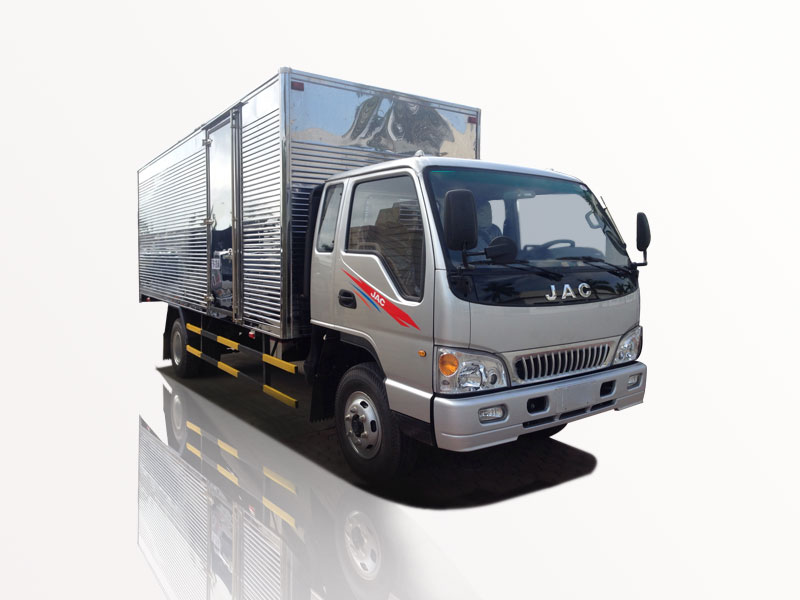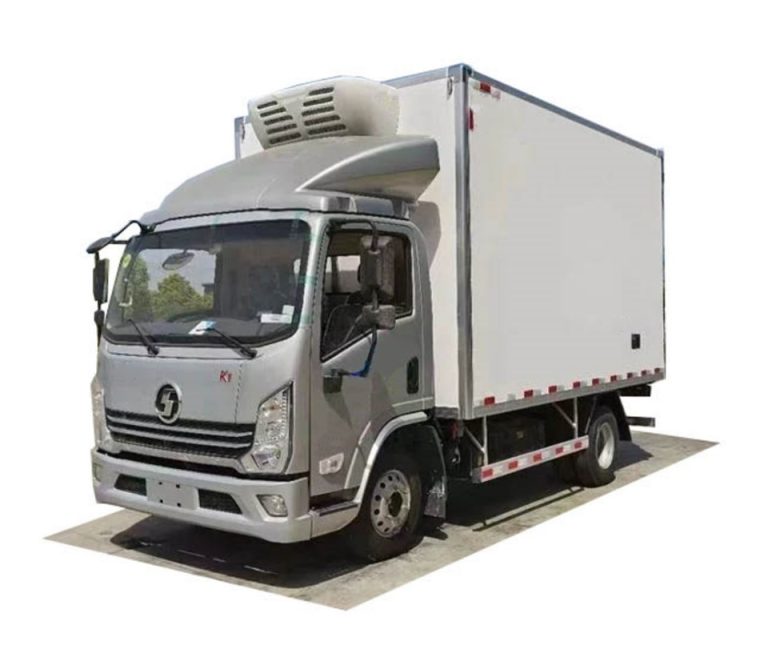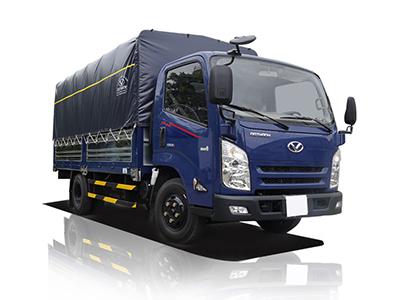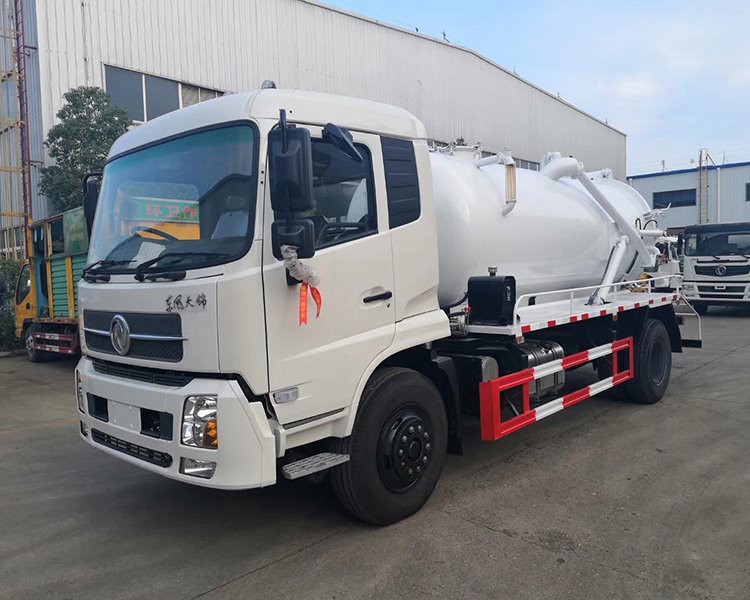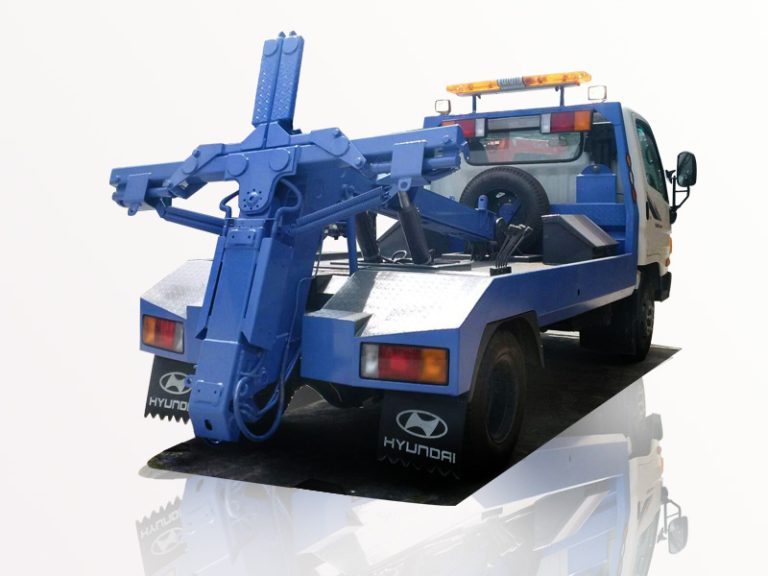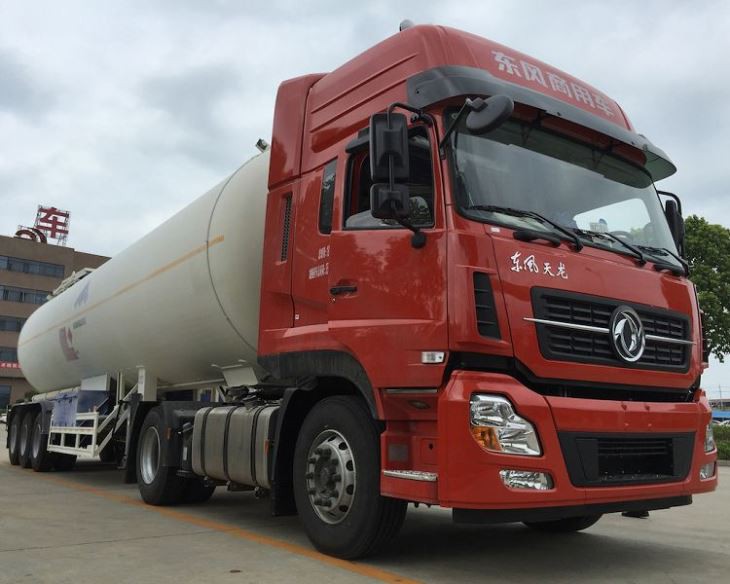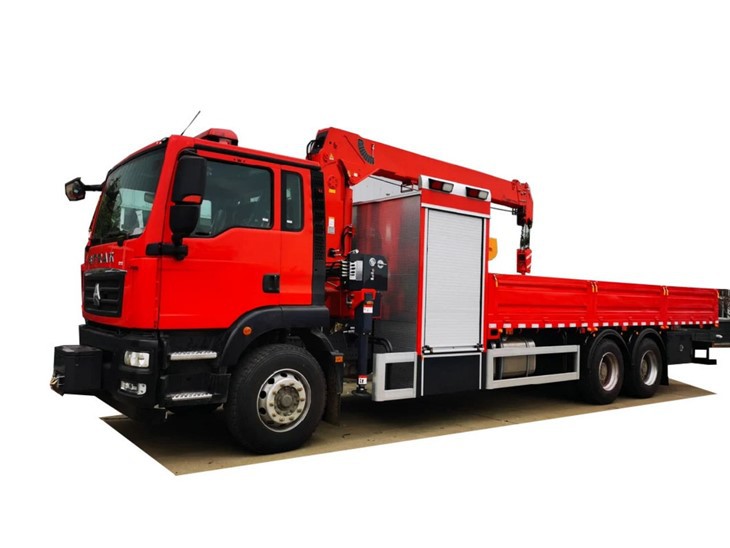Introduction
Garbage trucks are essential vehicles in waste management, playing a crucial role in keeping our communities clean and safe. However, many people wonder about the lifting capabilities of these trucks. How much weight can they actually lift? This article will explore the various types of garbage trucks, their load capacities, factors affecting weight limits, and practical examples to provide you with a comprehensive understanding of how much weight garbage trucks can lift.
Understanding Garbage Truck Types
1. Front-Loading Garbage Trucks
Front-loading garbage trucks have a mechanism that lifts containers from the front. They are commonly used in commercial waste collection scenarios, such as businesses and apartment complexes. Their primary feature is the ability to efficiently pick up large volumes at once.
2. Rear-Loading Garbage Trucks
Rear-loading garbage trucks are designed with the entrance for waste at the back of the vehicle. Waste is manually loaded into the truck by crews or through automated systems. These types are widely used for residential waste collection.
3. Side-Loading Garbage Trucks
Side-loading garbage trucks employ a mechanical arm that reaches out to lift and dump waste containers from the side of the truck. This design allows for easy access to waste bins placed along streets without requiring the crew to exit the vehicle.
4. Roll-Off Garbage Trucks
Roll-off trucks are typically used for construction and demolition waste. They have a flatbed with wheels that can be rolled on and off to transport large containers filled with heavy debris.
Weight Capacity of Different Garbage Trucks
| Type of Garbage Truck | Typical Weight Capacity |
|---|---|
| Front-Loading Garbage Truck | Up to 30,000 lbs (13,607 kg) |
| Rear-Loading Garbage Truck | Up to 35,000 lbs (15,876 kg) |
| Side-Loading Garbage Truck | Up to 25,000 lbs (11,340 kg) |
| Roll-Off Garbage Truck | Varies widely; can exceed 60,000 lbs (27,216 kg) when fully loaded |
Factors Affecting Weight Limits
1. Truck Design and Materials
The design and materials used in the construction of a garbage truck significantly impact its weight capacity. Trucks made from high-strength materials can generally handle heavier loads.
2. Local Regulations
Weight limits are often dictated by local laws and regulations. Each state or municipality may have different restrictions on the maximum weight for commercial vehicles to ensure road safety.
3. Road Conditions
Poor road conditions can make it unsafe for garbage trucks to operate at their full capacity. Garbage truck operators may need to adjust their loads accordingly based on conditions.
4. Load Distribution
Improper load distribution can affect a garbage truck’s efficiency. Overloading one side can lead to safety issues and potential damage to the vehicle. Load management is crucial to avoid such challenges.
Real-World Examples of Load Capacity
1. Residential Waste Collection
A rear-loading garbage truck in a suburban area typically collects household waste and recyclables. Assuming each household generates around 100 lbs (45 kg) of waste weekly and an average collection route has 200 households, the truck needs to handle a load of:
Total Load: 200 households x 100 lbs = 20,000 lbs (9,072 kg)
This weight is well within the operating limits of most rear-loading garbage trucks.
2. Construction Site Debris
Imagine a roll-off truck being used on a construction site. The truck is designed to carry debris, such as wood, concrete, and metals. On a busy site, it may be filled to its maximum, resulting in a typical load of:
Estimated Load: 40,000 lbs (18,144 kg)
This weight is manageable and can be safely transported by roll-off trucks with a proper structural design.
3. Commercial Waste Collection
In commercial areas, front-loading trucks efficiently service large businesses with significant waste output. A single large restaurant may produce up to 500 lbs (227 kg) of waste daily, which can pose challenges during collection, particularly when multiple locations are serviced consecutively.
Total Potential Load Example: If a front-loading truck collects from 10 such locations in a single route, the total load may reach:
10 locations x 500 lbs = 5,000 lbs (2,268 kg)
Best Practices for Garbage Truck Operations
1. Regular Maintenance Checks
To ensure optimal performance, it’s vital to maintain garbage trucks regularly. This maintenance includes checking hydraulic systems, brakes, and load-lifting mechanisms.
2. Employee Training
Proper training for drivers and garbage collection personnel ensures they understand the truck’s capabilities and limits. Such knowledge can prevent accidents and optimize weight management.
3. Using Scales for Accurate Weighing
Using portable scales at collection sites can help determine the actual load weight before heading to disposal. This practice can be especially beneficial in compliance with local weight regulations.
4. Efficient Route Planning
Planning collection routes to minimize lateral load distribution can make a significant difference in operational efficiency. Route adjustments not only optimize weight management but also enhance fuel efficiency.
Common Myths About Garbage Truck Weight Capacity
1. All Garbage Trucks Can Lift the Same Amount
One of the myths is that all garbage trucks can handle similar weights. However, capacities vary significantly across different trucks and types.
2. Automatic Systems Can Handle Any Load
While many garbage trucks use hydraulic systems for loading, these systems also have limits and cannot always manage the maximum weight under all conditions.
3. Weight Capacity is Only About Weight
Another myth is that weight capacity is solely determined by the weight lifted. Factors such as the truck’s braking capacity and stability on the road also play a key role.
Environmental Impact of Garbage Trucks
1. Emissions and Pollution
Garbage trucks, especially older models, contribute to air pollution. Their weight limit can impact how far they need to drive, directly affecting emissions. Opting for newer, greener models can help mitigate these issues.
2. Energy Efficiency
Modern garbage trucks are designed to be more energy-efficient while optimizing their weight capacities. Electric models are becoming more commonplace, aiming to reduce their carbon footprint.
3. Waste Reduction Initiatives
Encouraging recycling and waste reduction helps to lessen the load on garbage trucks, ultimately leading to less transportation and a reduced environmental impact.
FAQs About Garbage Truck Weight Capacity
1. How can I find out the weight of my garbage truck?
You can find the weight of a garbage truck by checking the truck’s manual or specifications label, typically located on the driver’s side doorframe.
2. Are there specific weight limits for residential garbage collection?
Yes, many municipalities have specific weight limits for residential garbage trucks, often ranging from 25,000 to 35,000 lbs (11,340 kg to 15,876 kg).
3. Can garbage trucks overload and what happens if they do?
Garbage trucks can become overloaded, which can lead to safety hazards such as decreased braking ability and handling. Overloaded trucks can be fined by local authorities.
4. How does the weight affect fuel consumption?
Heavier trucks consume more fuel, thus increasing operational costs. Weight management is crucial for fuel efficiency and operating expense control.
5. What improvements are being made for garbage truck efficiency?
Improvements include the development of electric models, the use of lightweight materials, and the implementation of more efficient routing technologies.
6. Are garbage trucks equipped with weight sensors?
Some modern garbage trucks are equipped with weight sensors that provide real-time feedback on weight, helping operators manage loads effectively and comply with weight regulations.
